A well-organized dental assistant tray setup is crucial for efficient dental procedures, ensuring all necessary instruments are readily available. Proper tray setup enhances infection control, reduces procedure time, and improves patient care. Dental assistants play a key role in preparing trays tailored to specific treatments, from routine exams to complex surgeries. This guide provides essential insights and best practices for setting up dental trays effectively, helping dental teams deliver high-quality care seamlessly.
Components of Dental Assistant Tray Setup
Dental assistant tray setups include basic instruments like mouth mirrors, explorers, and periodontal probes, along with additional materials such as gauze, cotton rolls, and saline. Proper organization ensures efficiency and sterility, tailoring setups for specific procedures like hygiene, operative, or surgical interventions.
2.1 Basic Instruments
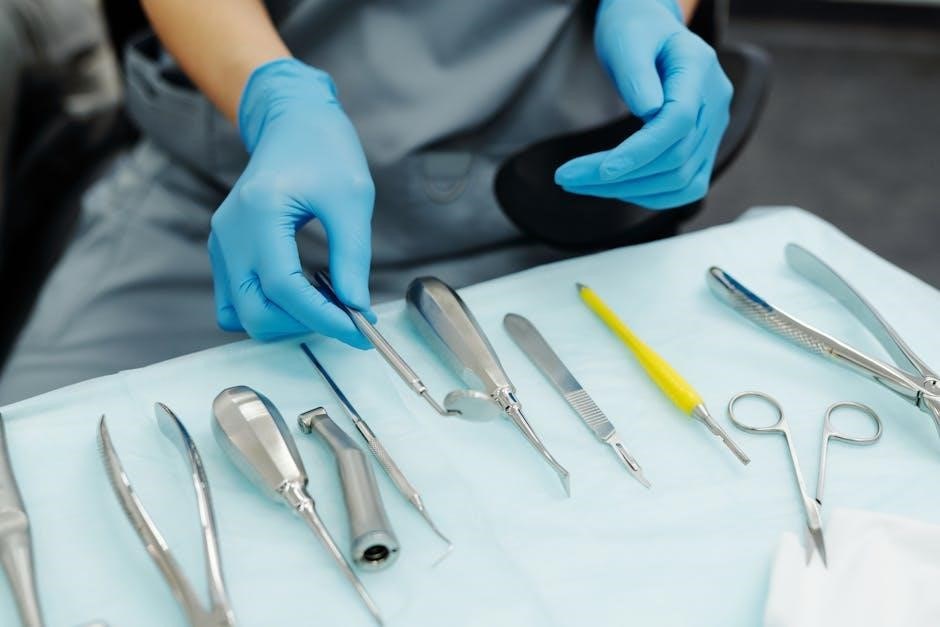
The basic instruments for a dental assistant tray setup are essential for any procedure. These include a mouth mirror for indirect vision, an explorer to detect decay, and a periodontal probe for measuring pocket depths. Additionally, cotton pliers are used for handling cotton rolls, while air-water syringe tips and saliva ejectors aid in maintaining a dry field. These tools form the foundation of every setup, ensuring the dentist has what they need for a thorough examination or treatment. Proper placement and organization of these instruments are critical for efficiency and patient care.
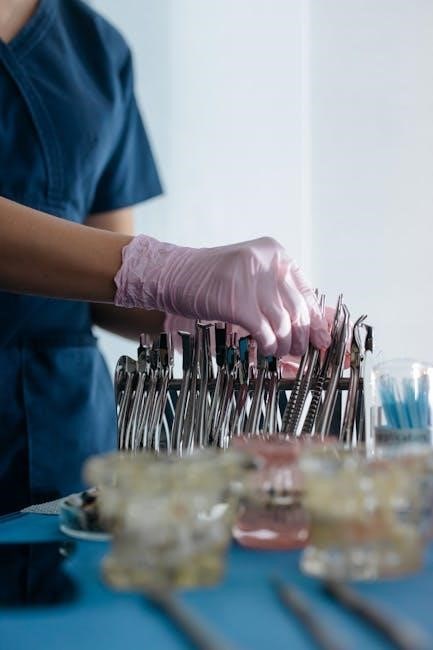
2.2 Additional Materials
Beyond the basic instruments, additional materials are included to support specific needs during procedures. These include 2×2 gauze for absorbing saliva or blood, cotton rolls to isolate areas, and dry angles for moisture control. Dental dams and associated tools, like clamps and punches, are essential for isolating teeth during certain treatments. Lubricants may be added for instrument maintenance, while dental floss or ligatures are used in various applications. These materials enhance the efficiency and effectiveness of the setup, ensuring all necessary items are within easy reach. Proper organization of these supplies is vital for maintaining a clean and functional workspace during dental procedures.
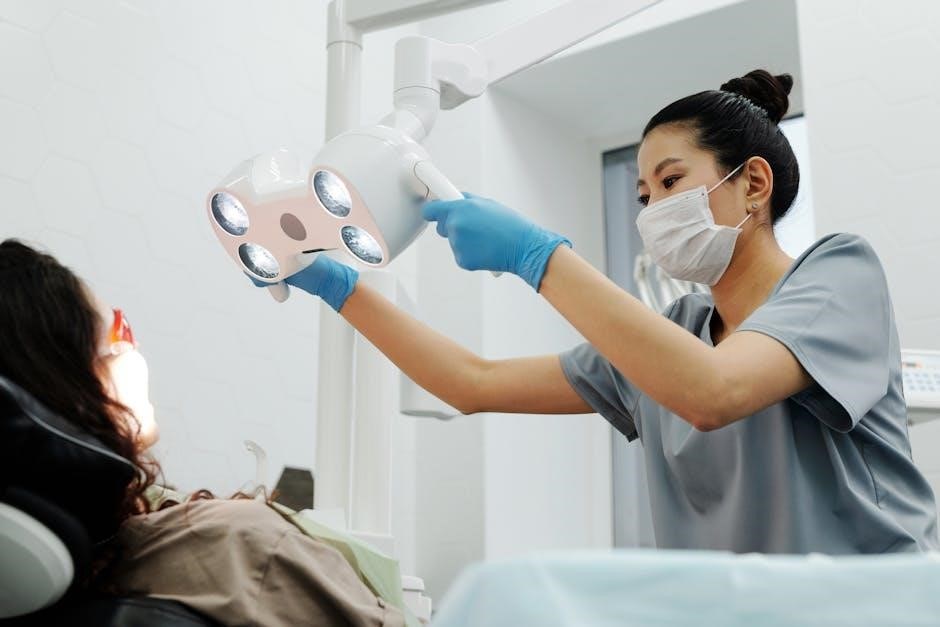
Setting Up by Procedure Type
Dental tray setups vary by procedure type, such as hygiene, operative, or surgical. Each requires specific instruments and materials tailored to the procedure’s unique needs.
3.1 Hygiene Procedures

For hygiene procedures, the dental tray setup typically includes essential instruments like a mouth mirror, explorer, cotton pliers, and suction devices. These tools are vital for prophylaxis and periodontal treatments. The basic tray setup ensures efficient access to necessary items, streamlining the process. Additional materials such as 2×2 gauze, cotton rolls, and topical anesthetics may be included based on patient needs. Proper organization of these instruments is crucial for maintaining infection control and ensuring a smooth workflow during hygiene appointments. Tailoring the tray setup to the specific requirements of each procedure enhances efficiency and patient care, making it a cornerstone of effective dental hygiene practices.
3.2 Operative Procedures
Operative procedures, such as fillings or crown preparations, require a tray setup that includes hand instruments, burs, and restorative materials. Instruments like excavators, composite instruments, and polishing burs are essential. The tray should also include suction tips, cotton pliers, and matrices for precise tooth preparation. Restorative materials, such as amalgam or composite resin, are organized for easy access. Proper arrangement ensures all items are within reach, minimizing delays. Tailoring the setup to the specific operative procedure, such as a Class I or II restoration, enhances efficiency. This organized approach supports the dentist’s workflow, maintaining infection control and patient safety while ensuring optimal outcomes. Regular updates to the tray setup adapt to advances in operative techniques and materials.
3.3 Surgical Procedures
Surgical procedures, such as extractions or implant placements, require a tray setup that includes specialized instruments for tissue management and suturing. Instruments like scalpels, forceps, and elevators are essential, along with suture materials and hemostats. The tray should also include sterile saline, gauze, and suction tips to maintain a clean field. Surgical trays often require additional items, such as bone grafting materials or implant components, depending on the procedure. Proper organization ensures quick access to instruments, reducing operative time. Sterilization and infection control measures are critical, as surgical procedures carry higher infection risks. The dental assistant’s role in maintaining a well-organized and sterile tray setup is vital for the success of the surgery and patient safety.
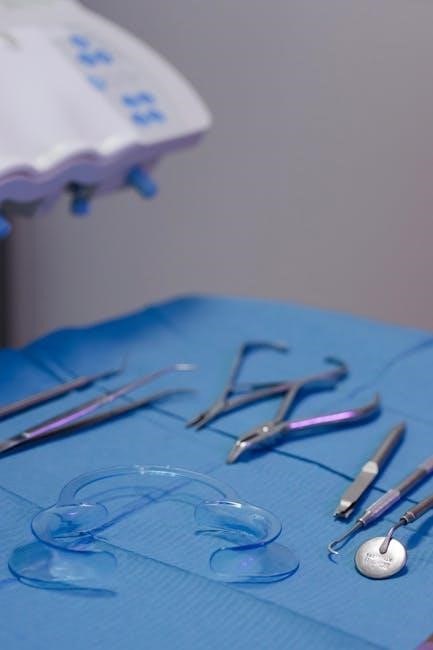
Best Practices for Tray Setup
Adhering to infection control protocols, organizing instruments logically, and tailoring setups to specific procedures ensure efficiency and safety. Regular updates and proper sterilization are also crucial for optimal outcomes.
4.1 Infection Control
Infection control is paramount in dental tray setup to ensure patient and staff safety. Use barrier films or pouches to cover trays, and sterilize all instruments before setup. Always handle instruments aseptically, wearing gloves, and ensure all items are properly wrapped and dated. Disposable supplies, like saliva ejectors and gauze, should be used to minimize cross-contamination. Maintain strict adherence to sterilization protocols, and organize trays to prevent overcrowding, which can compromise cleanliness. Regularly disinfect work surfaces and follow CDC guidelines for infection control. Properly labeled and dated sterilized items ensure traceability and compliance with safety standards. These practices are essential for maintaining a safe and hygienic environment during dental procedures.
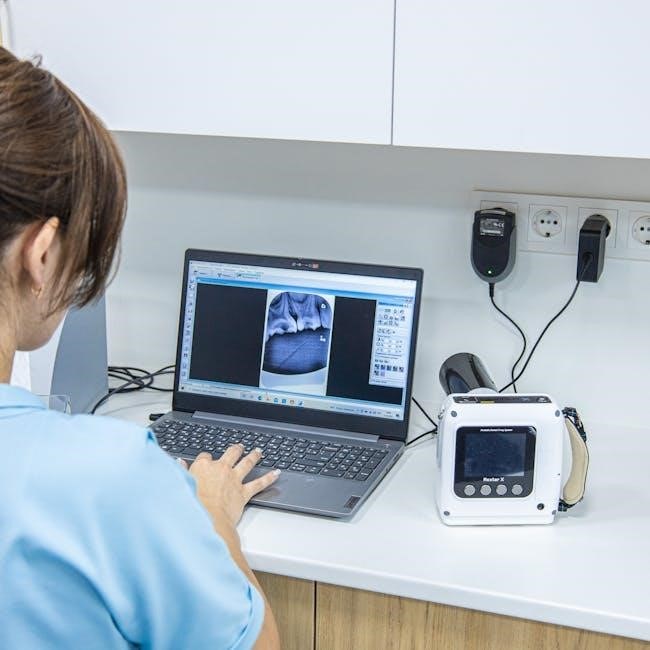
4.2 Organizing Instruments
Organizing instruments in a dental tray setup is essential for efficiency and clarity. Arrange instruments in the order they will be used during the procedure, typically from left to right. Place essential tools like mirrors and explorers at the front for easy access. Group similar instruments, such as syringes and suction devices, together to streamline workflow. Ensure sharp instruments are securely positioned to prevent accidents. Labeling or using a tray map can help identify each item quickly. Maintain a clean and clutter-free tray to avoid confusion and reduce the risk of misplacing tools. This systematic approach enhances precision, reduces procedure time, and supports the dental team’s effectiveness. Proper organization is key to a smooth and stress-free workflow.
4.3 Regular Updates
Regular updates to dental tray setups are vital to adapt to evolving dental techniques and technologies. As new instruments and materials become available, incorporating them into trays ensures procedures remain efficient and effective. Dental assistants should periodically review and refresh their setups, aligning with current best practices. Staying informed through instructional manuals, online courses, and professional forums helps maintain up-to-date knowledge. Updating trays also prevents outdated tools from being used, ensuring compliance with infection control standards and patient safety. By regularly reassessing and modifying tray configurations, dental teams can enhance workflow, improve patient outcomes, and stay aligned with industry advancements. This proactive approach fosters a culture of continuous improvement and excellence in dental care delivery.
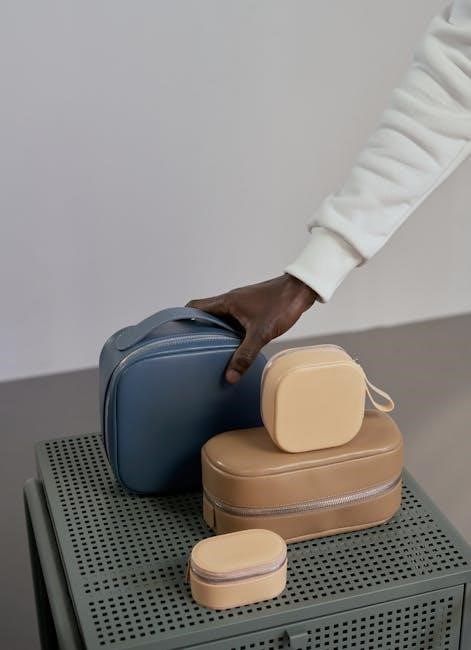
Resources for Dental Assistant Tray Setup
Instructional manuals, online courses, and professional forums provide comprehensive guidance on tray setup. These resources offer detailed instructions, visual aids, and expert advice to enhance skills and knowledge.
5.1 Instructional Manuals
Instructional manuals are a cornerstone for mastering dental tray setup, offering detailed, step-by-step guidance. Many manuals are available in PDF format, such as the Dental Assistant Tray Setup Guide PDF, which provides comprehensive instructions for various procedures. These resources often include visual aids like diagrams and checklists to ensure proper organization and infection control. Notable manuals, such as those accompanying textbooks like Essentials of Dental Assisting, cater to both students and professionals, offering practical insights. They cover setups for exams, hygiene, operative, and surgical procedures, ensuring clarity and consistency. Regularly updated, these manuals reflect current standards and techniques, serving as invaluable tools for skill development and everyday reference.
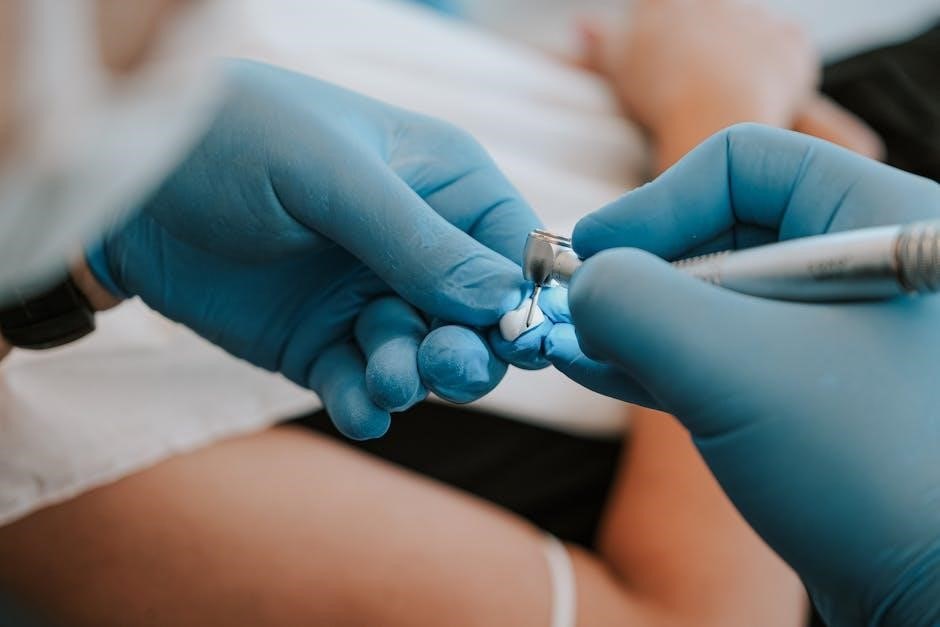
5.2 Online Courses
Online courses offer flexible and interactive learning opportunities for dental assistants to master tray setup skills. Platforms like Coursera, Udemy, and specialized dental training websites provide comprehensive courses. These courses often include video tutorials, quizzes, and downloadable resources, such as the Dental Assistant Tray Setup Guide PDF, to enhance learning. Many programs are designed for both beginners and experienced assistants, covering topics like basic and advanced tray setups, infection control, and procedure-specific arrangements. Certifications are frequently available upon completion, adding professional credibility. These courses are ideal for those seeking to improve their skills at their own pace, ensuring they stay updated with industry standards and best practices in dental care.
5.3 Professional Forums
Professional forums dedicated to dental assisting provide valuable platforms for sharing knowledge and resources. Websites like Dental Assistant Forum and RDH Magazine Forum allow professionals to discuss tray setup techniques, share experiences, and access resources such as the Dental Assistant Tray Setup Guide PDF. These forums often feature threads where experienced assistants provide tips, answer common questions, and recommend best practices for organizing instruments. Additionally, forums may include downloadable templates, checklists, and step-by-step guides for various procedures. Engaging with these communities fosters networking and continuous learning, helping dental assistants stay updated on industry standards and innovations in tray setup and patient care. They are invaluable for resolving challenges and refining skills through peer collaboration and shared expertise.
Proper dental assistant tray setup is essential for efficient and effective dental care. By organizing instruments and materials tailored to specific procedures, dental assistants enhance productivity and patient outcomes. This guide has outlined key components, procedure-specific setups, and best practices, emphasizing infection control and organization. Utilizing resources like manuals, courses, and forums further supports professional growth. Regular updates and adherence to evolving standards ensure dental teams remain competent. Mastery of tray setup not only elevates patient care but also highlights the critical role of dental assistants in the success of dental practices. Continuous learning and adaptation are vital for maintaining excellence in this dynamic field.